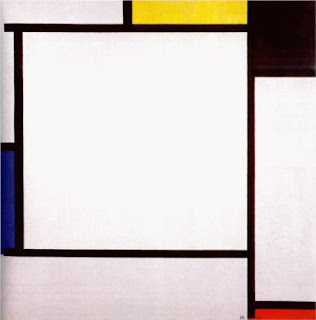Dutch artist Florentijn Hofman created this 54 foot (16.5 meters) high inflatable rubber ducky to make people happy. The giant yellow duckie sailed into Victoria Harbor in Hong Kong on 2 May 2013 and was greeted by big crowds waiting to see it.
The big bird has been traveling since 2007 and has visited places like St. Nazaire (FR), Sao Paulo (BR), Auckland (NZ), Hasselt (BE),Osaka and Hiroshima (JP), Sydney (AUS), Nürnberg (DE), Amsterdam (NL) and even more places
The artist likes the rubber duck because it is soft and friendly, and no matter how young or old you are, most people like rubber duckies because it reminds them of FUN.
Mr. Hofman has said:
"My sculptures cause an uproar, astonishment and put a smile on your face. They give people a break from their daily routines. Passers-by stop in front of them, get off their bicycle and enter into conversation with other spectators. People are making contact with each other again. That is the effect of my sculptures in the public domain."
Florentijn Hofman's website has more pictures of his gigantic sculptures.
Great pictures of the sculptures being built
Stor Gul Kanin (Big Yellow Bunny) - 13 meters high! in Orebro, Sweden
Kobe Frog - 10 meter high sculpture on the roof of the Hyogo Prefectural Museum of Art in Kobe, Japan
Steelman - 11 meter high - concrete sculpture in The Netherlands
Video of building the giant bear
Max - Leens, The Netherlands - 2003 - 12 x 8 x 25 meters
Potato crates, pallets, wood, straw, rope, metal wire and shrinking foil
It took two months to build and the kids from the village helped!
And of course, I don't think a post about a giant rubber duck would be complete without Ernie from Sesame Street singing the Rubber Ducky Song!




































.jpg!Blog.jpg)
.jpg!xlMedium.jpg)




